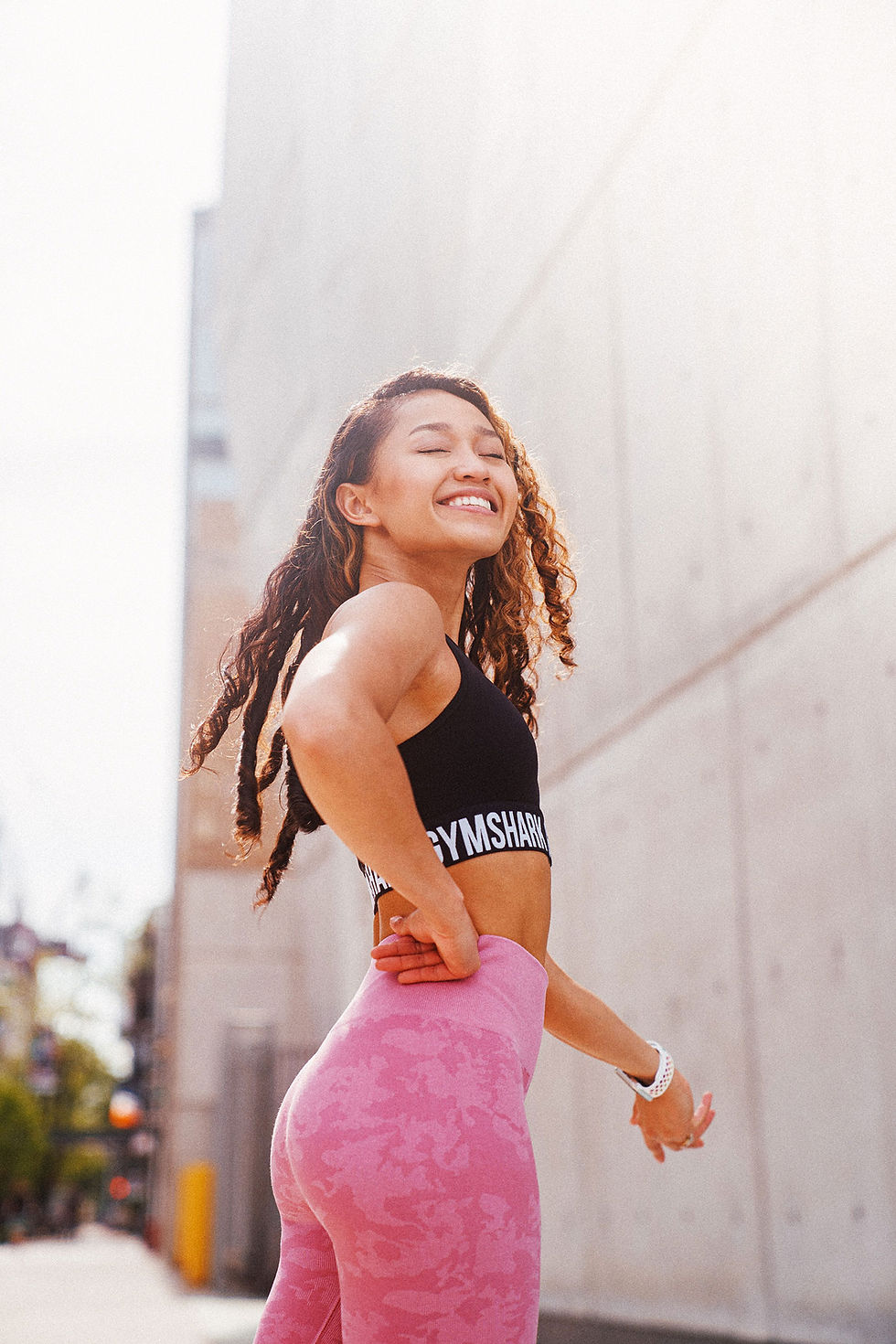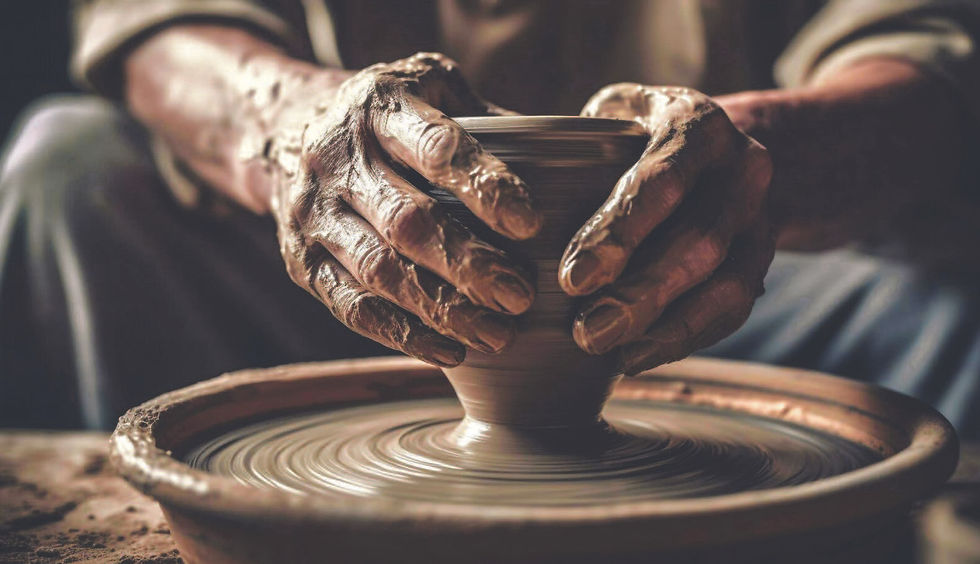MOVES THAT FUTURE YOU WILL THANK YOU FOR.
- Life & Style

- May 20, 2022
- 2 min read
Updated: Aug 11, 2022
By Leah Acampora
So,you’ve got the moves? The Insta-worthy, awe-inspiring moves? But are those moves sustainable? Short-term, maybe; aesthetically yes, you’re winning, but is that spine going to keep you standing tall ‘till the ripe old age of 80?
Scientists have predicted that the first people who will live ‘till 150, have already been born, and that the average estimated life expectancy of human beings will rise to 81.69 from today’s 73.16, by 2100. Now, more than ever, you should make training for LONGEVITY your top priority and allow this to guide your every move. You only need to perform one “poor deadlift” to know how easily your back is put out. But if the correct form and biomechanical patterns were habitual, you’d move well naturally, and your risk of injury would dramatically decline.

3 principal movements that you should master when you’re training for longevity include: core engagement, the squat and the deadlift. These movements form the basis of every movement you perform throughout your daily life. Picking things up off the floor, maintaining good posture while you’re in a seated position, bending over to stroke a pet etc.
Begin with core engagement, gently perform each step whilst maintaining the prior steps as you work through the sequence. Be sure to keep your breathing at a natural rhythm.
Tilt your pelvis to a neutral position (think about tilting your hips towards your lower ribs; not in an over-exaggerated way, the position should feel natural and unforced).
Draw your belly button towards your spine and engage your oblique muscles (almost like you’re trying to cinch in your waist).
Lightly engage your pelvic floor muscles, think about a lifting sensation, or holding a wee.
“Ground” your diaphragm muscles to create a feeling of internal pressure.
Without losing any of the previous steps, pinch your shoulder blades together and drop your shoulders away from your ears.
Lastly, elongate the muscles at the back of your neck and gently tuck your chin in a “double-chin forming” motion.
At first, you’ll perform these movements step-by-step but as you improve and your body learns the pattern, you’ll easily be able to find this new, postural preferential position - which should be maintained for EVERY movement you perform during exercise and daily life, even sitting. A strong core engagement protects the spine against injury by engaging the muscles that support and act on it to perform movement. Perform these six steps as often as you can remember to create good postural habits. Practice makes perfect - you’ll need it for the squats and deadlifts we’ll cover in the next issue.
SA Biokineticists
www.sabiokineticists.com
Fit24 Gym, Ballito Odyssey, 1 Simbithi Dr, Dolphin Coast
+27 63 853 6765








Comments